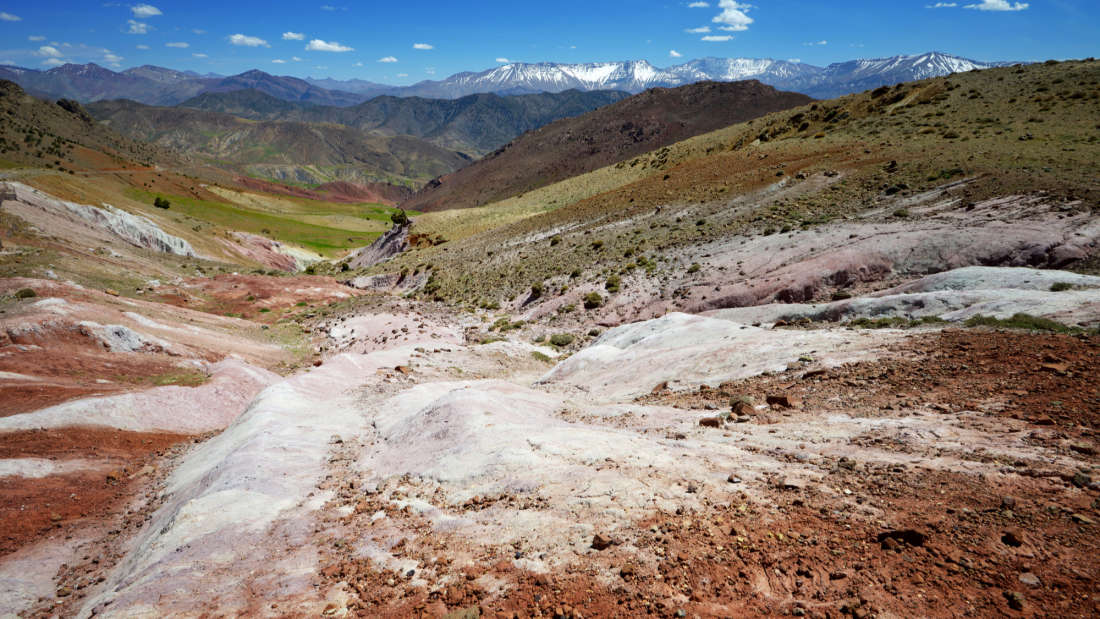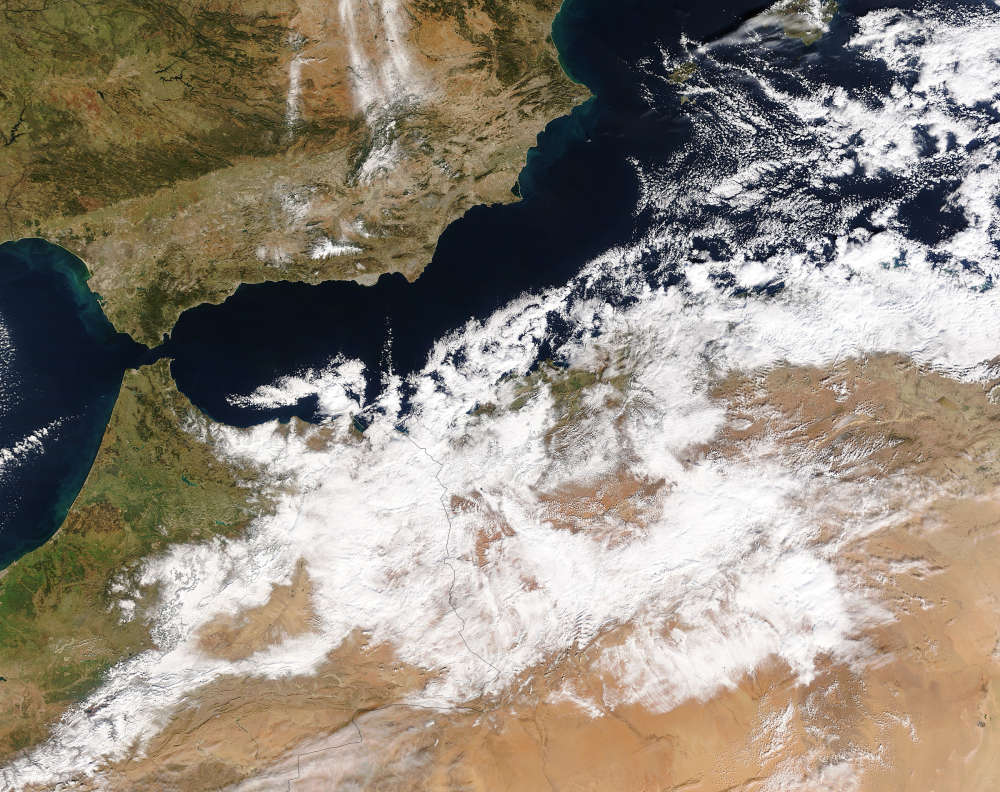Extremely Rare Snowfall Covered The Sand Dunes Of The Sahara Desert
The Sahara Desert is well-known for its rugged terrain, and unfriendly circumstances. We have heard innumerable tales about the desert’s unforgiving trail. It is not all sand and strife, though. The desert spans over a large area and houses some diverse variations too. Mostly these variations are found in the form of the relieving greenery to break the rough monotones of the desert. These green patches are fairly hard to come by. The segments are generally spotted along the course of the Nile, which is the primary source of water here.

Given its reputation for being a warm, dry giant, the snowfall it received was way beyond familiar behavior. It stumped citizens of all countries alike. A desert and snowfall are two opposites on the weather scale. They never come together. Or so we thought. This event was unpredictable, and to the common man, quite unfathomable too.
When 2016 ended, all the inhabitants of the world were taken by surprise when this particular news leaked: a thin sheet of snow had covered the sandy stretches of the Sahara. This has not happened since 1979, which means a great lot of people were seeing this for the first time in their entire lives. Some assert that this phenomenon has happened before, but no documents were found which attest to this claim. This has led us to establish that there is hardly any proper credibility to these.
Spectacular scenes today in Algeria as snow covered the sand dunes in Ain El Safra! Snow visible also in imagery by NASA's Terra satellite.
Report: Crt Sidali, Gian Alonso, Rabah Ripou Ouchen, Issam Bouchetata Bouchetata, ⵯⴰⵍⵉⴷ ⵏⴻⵇⵇⵉⵛ, Amayas Mazigh, حسام مسعودي pic.twitter.com/ojwupLG8eq
— severe-weather.EU (@severeweatherEU) January 7, 2018
Obviously, the snow did not stay forever. It only took a few hours for the desert to regain its original hue. Once more, the orange-ish yellow spread over the entire face of Sahara. It returned to its rain-less, dry winds. The nearby Atlas mt, however, held on to the white mask for slightly longer, making it look like a jeweled crown.
In 3 of some unexpected occurrences, the snow encumbered place was Ain Sefra. It is located in Algeria, and famously known as the Gateway to the Desert. This much-discussed location is about a kilometer beyond the level of the sea. This particular attribute makes it more ideal to have faced the snowfall, than any other low point in the terrain of the desert. However, despite the geographic details, it is still nothing short of surprising that this should have occurred.
Il a neigé sur les dunes rouges du Sahara algérien ! #Algérie #Alger #Algeria #Algiers #Travel #NaturePhotography #NatureIsBeautiful #Tourisme #Voyage #paysage #south #Desert #Nature #DiscoverAlgeria #Picture #Sahara #photography #Hiver #Snow #الجزائر By @KSekkouri pic.twitter.com/q6mY81MnFo
— Discover Algeria (@Discover_DZ) January 7, 2018
The vast majority of temperature conditions are arid. Only the roughest and strongest survive in the desert. The degrees generally lean towards the higher side of the scale, on average. It is alarmingly hot during the day and freezing cold at night. The rainfall count is nothing spectacular, either. These recordings make the snowfall even more unlikely, so what really is happening?
As newbies or us lay-men would assume, a stark drop in temperature is not all that it takes. Conditions below freezing point is not all that is required to create such a large quantity of snow. A significant proportion of water needs to have evaporated or been transferred through the wind. That is exactly what is happening in the Sahara.
In our particular event, North America sent a huge portion of cold air mass, that settled on the Sahara. Having traversed over the Atlantic over the last weeks, it maintained an average temperature of one degree Celsius. This created ideal opportunities for the snowfall that followed.

Standing at this point, it is fairly difficult to generalize. No one can tell for sure if we will witness this again; and if yes, then when. These rare bouts of nature’s miracles depend on predominantly natural factors and human activities too. Let’s hope that Global Warming leaves us alive to witness this again.
Source: Iflscience
